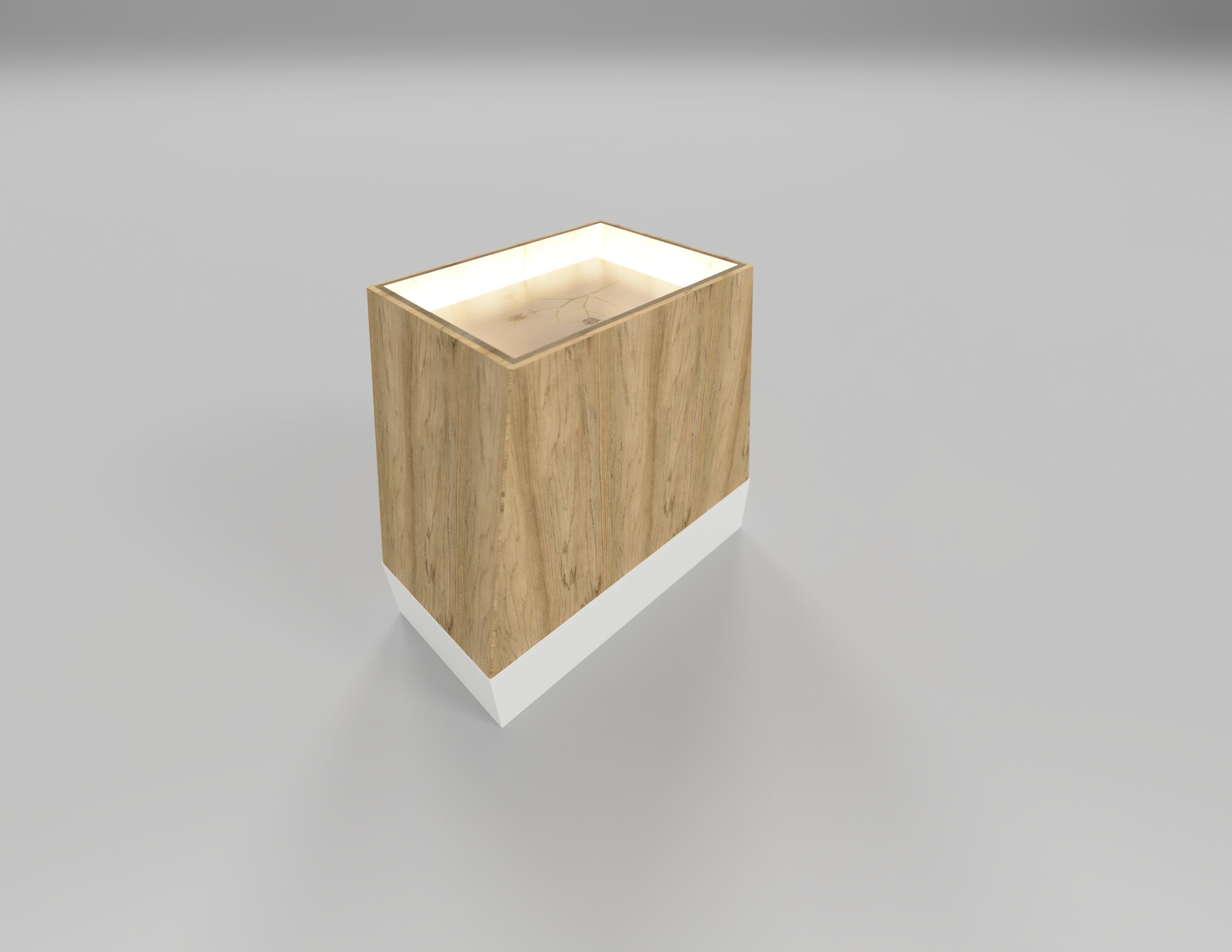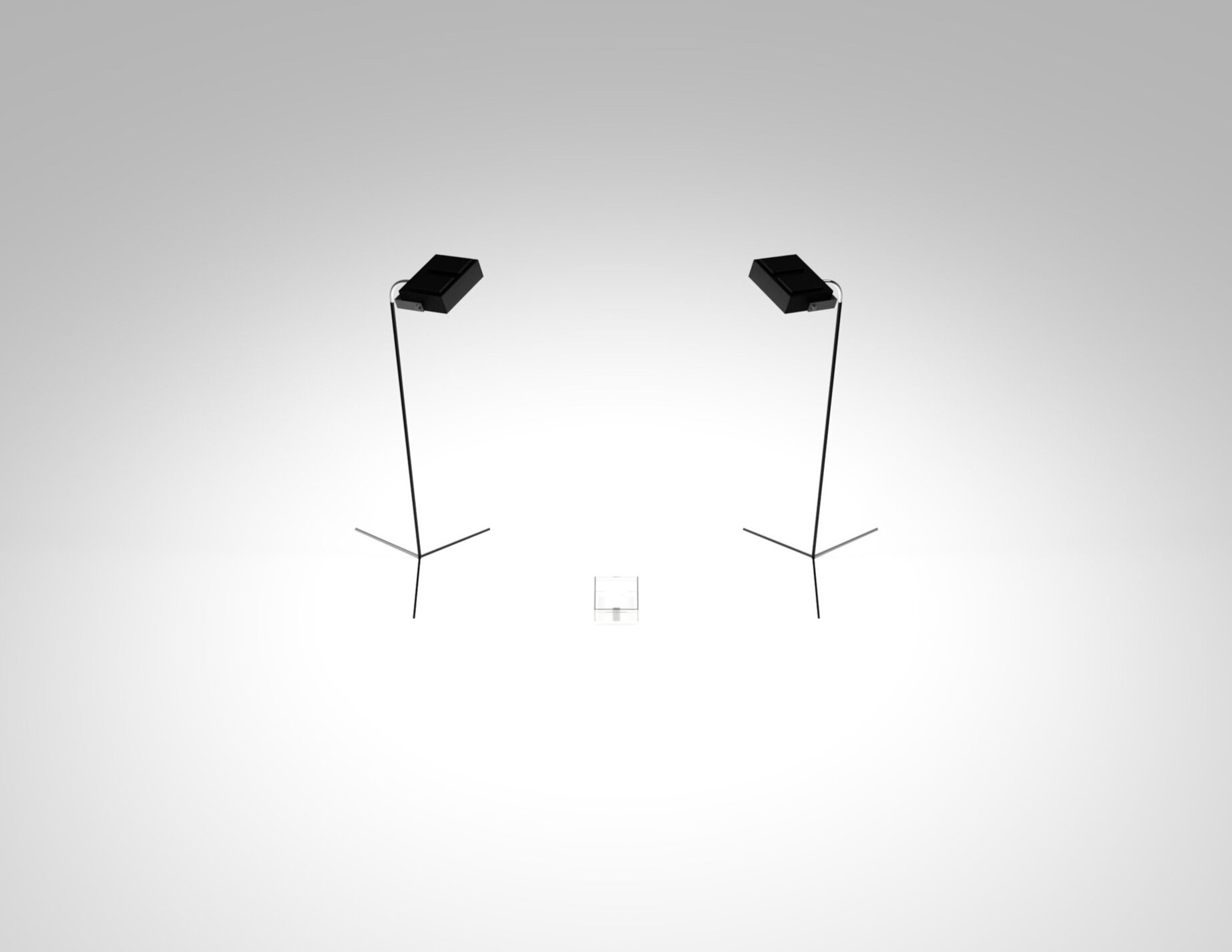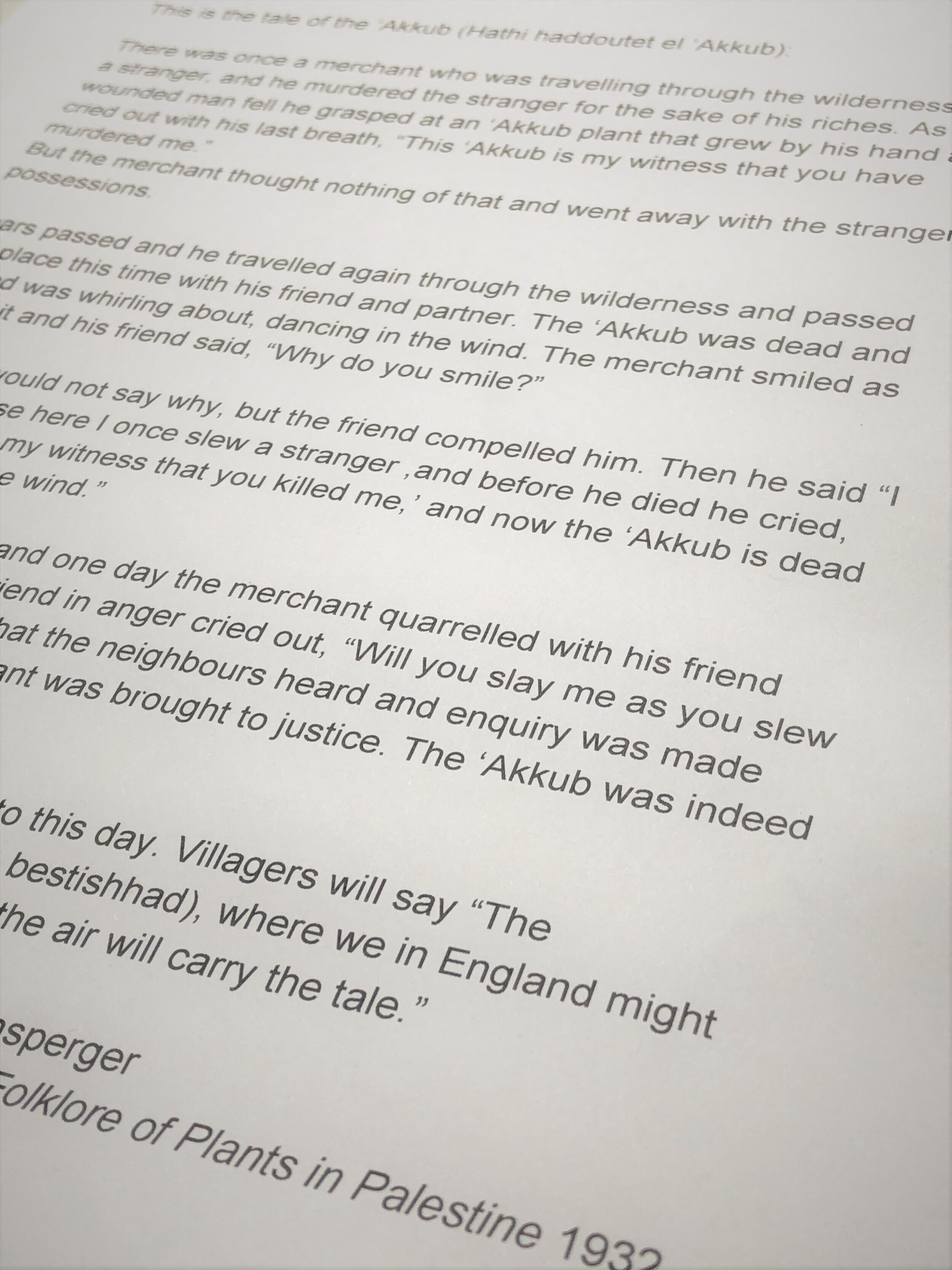I was raised on a small farm in western Massachusetts. Far from any synagogues, my family and I rarely practiced. And so, I used this year to learn about the rural and Jewish intersections of my identity.
I spent the first half of the year researching Israeli flora and the history of Jewish gardening practices. Through this line of inquiry, I discovered the plant known scientifically as Gundelia tournefortii. The plant is native to Israel and the surrounding countries. In Israel, it is embroiled in the Israeli-Palestinian conflict. My inquiry dove into the complicated and developing geopolitical history of this plant. These works engage the conflict to expose the plant as a subliminally networked tool of power. Taking a step back, I hope the installation spurs discourse on triaging culture and environmental protection.
By the 1960s, many of Israel’s native wildflower species were nearly extinct due to the popularity of flower picking. This, combined with Zionist connection to the physical land, caused the Israeli Government to protect many species. About 40 years later the government protected the plant Gundelia tournefortii, stating that the plant’s population was suffering due to over consumption. Gundelia tournefortii - Akkoub (akkub, akub, akoub) in Arabic - has been a part of Palestinian foraging tradition for thousands of years. With an incredible history on the land, Palestine has a rich localized culinary and medicinal tradition founded on regional flora, like Gundelia. The Palestinian response is critical of the plants protection, suggesting it is another Zionist tool for extinguishing non-Jewish peoples and culture from Israel. Both parties are still searching for solutions - restrictions are still strict and present, but shifting slightly; and as a result, cultivation is being explored. In short, Gundelia tournefortii is politically imbricated by the conflicted land on which it grows.
I have spent the last year developing a body of work exposing the plant’s history of conflict and shifting traditions. I engage these histories to expose the politicization of nature and invite the viewer to consider their complicit relationship with the natural world around them. The installation consists of four works. (Click)



